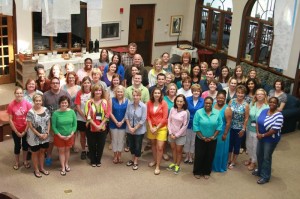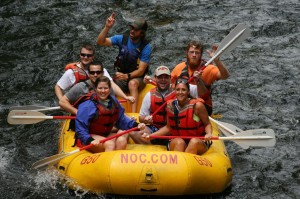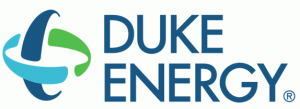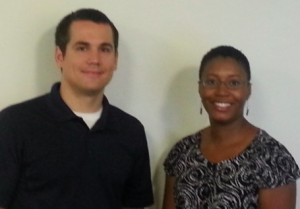Unfortunately, I was unable to get a video of my externship site. Here are some pictures though. I have been working at the Distribution Control Center (DCC) for Duke Energy. The DCC controls all aspects of the power grid from the substation to customer homes. Back to the A-ha moment…
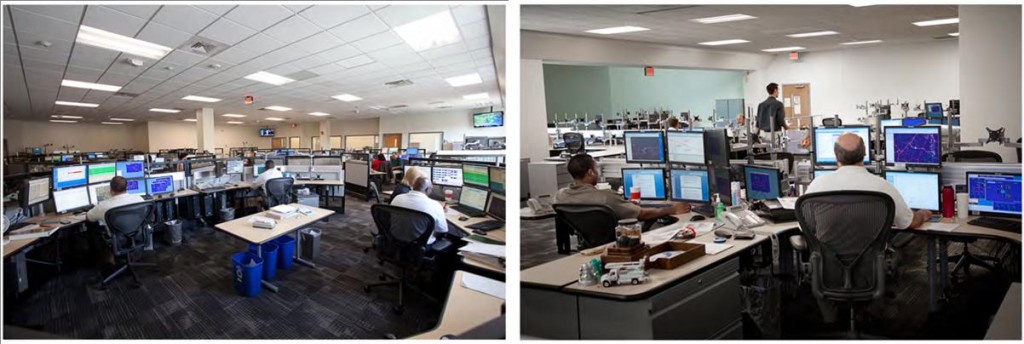
When I was notified that I was accepted into the Kenan Fellows program, I immediately started researching electric power and I began to brainstorm project ideas. I had three goals: have students create something tangible, incorporate an engineering grand challenge, and make the project meaningful. To make the project tangible, I decided to use Lego Mindstorms. My school is partnered with Lego Education so we have several Mindstorm kits that, for the most part, have gone unused. One idea I came up with was to have students model some features of a smart grid using the Lego kits.


This leads into my biggest “AHA” moment of my externship: when I discovered, after a few roadblocks, that my project idea will actually work and incorporates all of my goals. There is a device on the power grid called a switch that allows Duke Energy to redirect power flow and isolate areas where outages occur. Switches allow the company to perform maintenance without causing your power to go out and restore power to a large amount of customers quickly.
To decrease the time it takes to restore power, the company is beginning to experiment with automated switching. These switches would do all of the things that a normal switch does, but automatically, thus reducing response time. This is where my project comes in. My AP computer science students will design an automated switch using Lego Mindstorms.
The switch will be part of a larger Lego model that will include lighted Lego homes. The project is tangible because students are creating a physical model and relates to the engineering grand challenge: update and improve urban infrastructure. The project is also meaningful because the actual device is still being developed and students are going to create the same thing on a smaller scale.
As far as roadblocks, the major one was that I did not know if I could actually get my idea to work, and I did not know if it would be too difficult for my students. At the time, I had little experience with the Lego Mindstorm kits. After spending two days last week working on it, I know that it works and I know that my students will be capable of doing it. If I get the implementation right, it should be something that I can be proud of.






